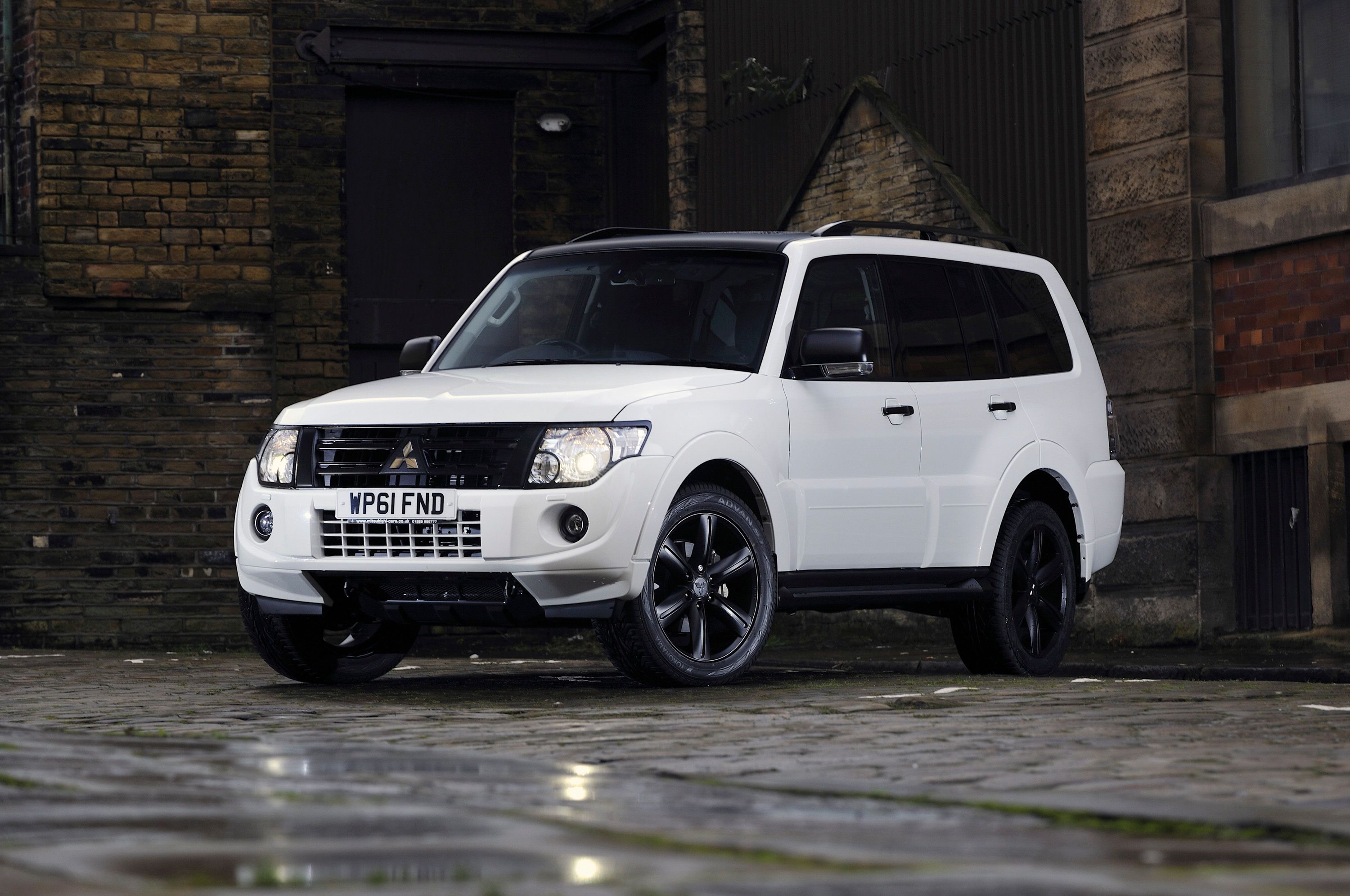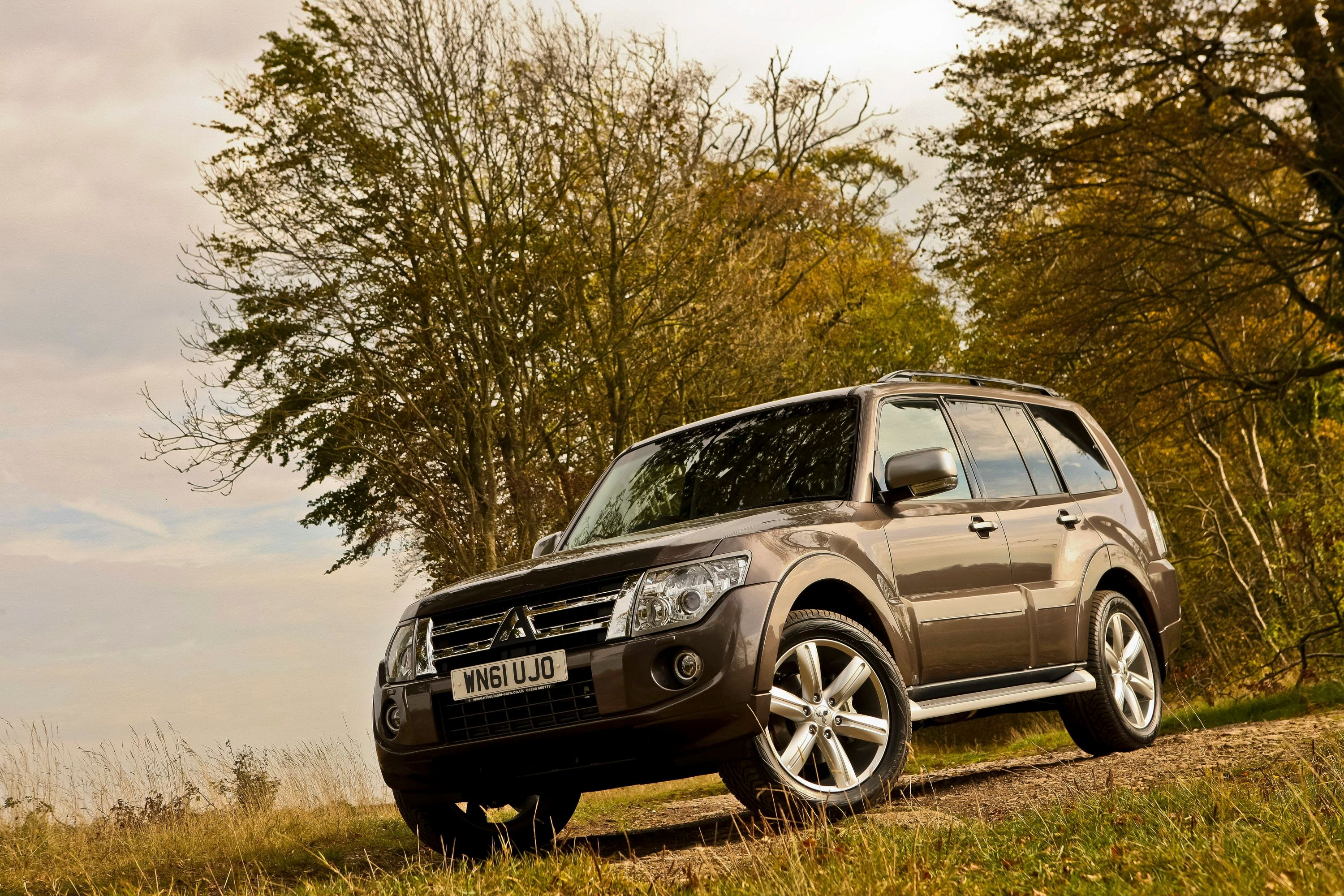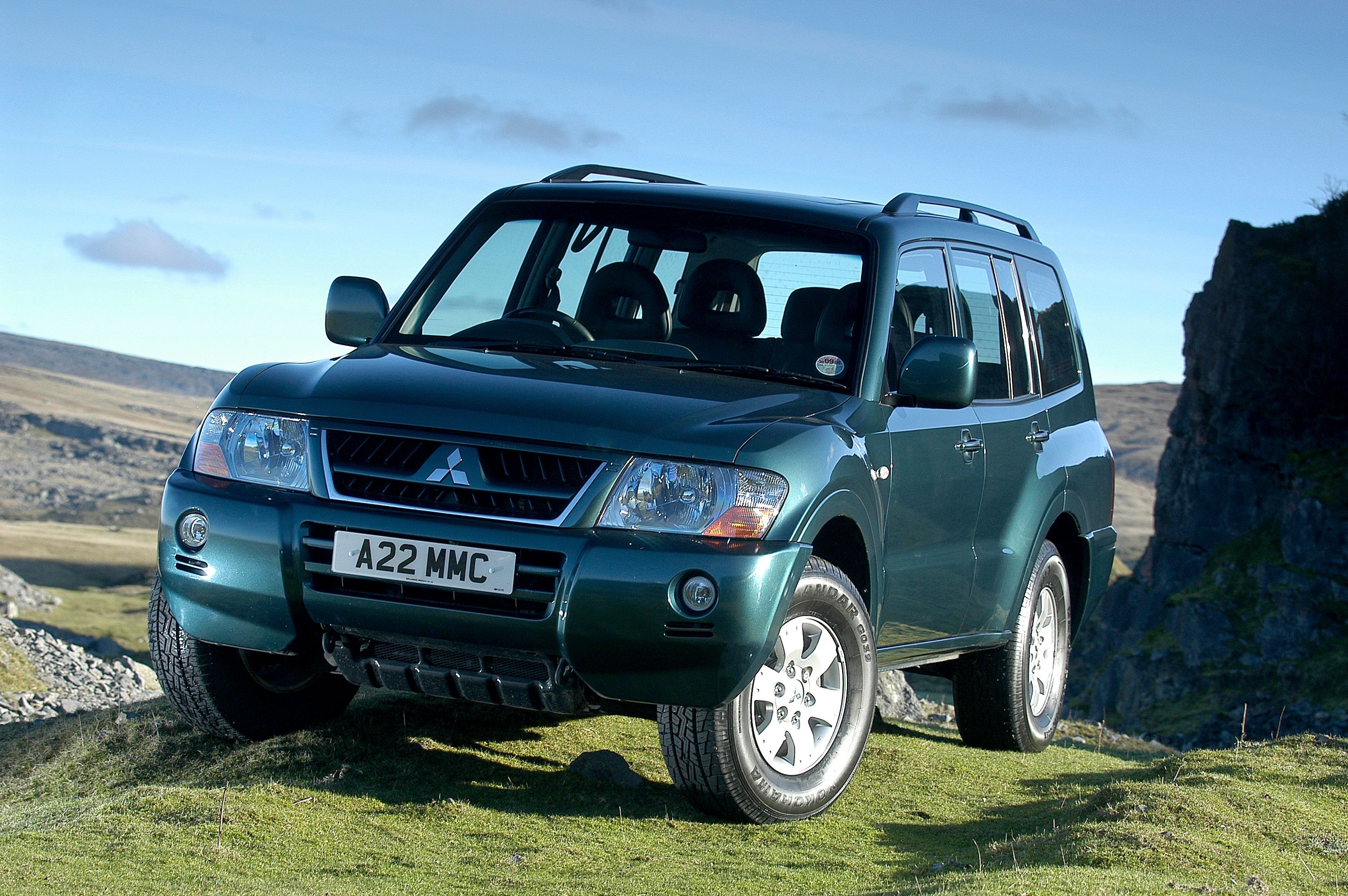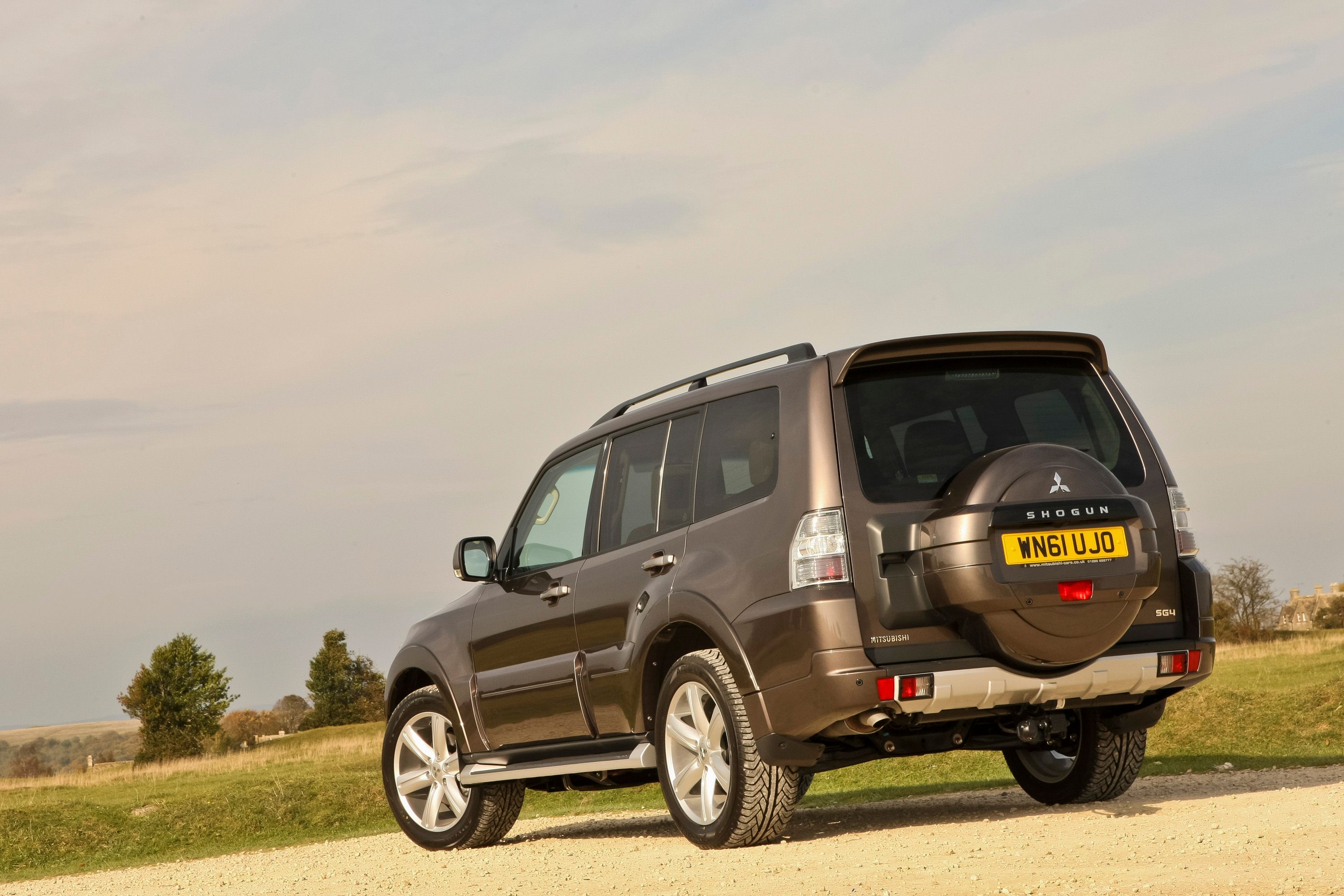A wise man once said that SUVs don’t need upgrades and facelifts regularly as these beasts age gracefully. I think that man worked at Mitsubishi because, at a time when companies update their monsters every 3-4 years, the Japanese automaker is continuing with same old design on their Shogun that, essentially, dates back to last century. However, Mitsubishi has announced that the SUV could finally get a makeover.
The Shogun Hasn't Changed Much in 20 Years
The Shogun, also known as Pajero in some markets, was launched in 1982 and is currently in its fourth generation. The SUV was last updated in 2006 but was heavily based on the previous generation that was launched in 1999. The heavy-duty, seven-seater SUV is one of the oldest running models for the automaker.
The Future Hangs In The Balance
The current Shogun is nearing its death for sure, thanks to the strict emission and safety regulations.
What They Had To Say
Our Take
Currently, the Pajero is sold with a wide variety of engine options - seven to be specific - ranging from the smallest 2.4-liter unit to a capable 3.8-liter mill. Despite this, the company is not seeing a major spike in sales figures, which is because the SUVs design language is too long in the tooth. Now, Mitsubishi has made it clear that the new generation will come only if the Pajero can rake in numbers.
Further reading
Read our full review on the 2007 Mitsubishi Pajero.
Read our full review on the 2006 Mitsubishi Montero.




